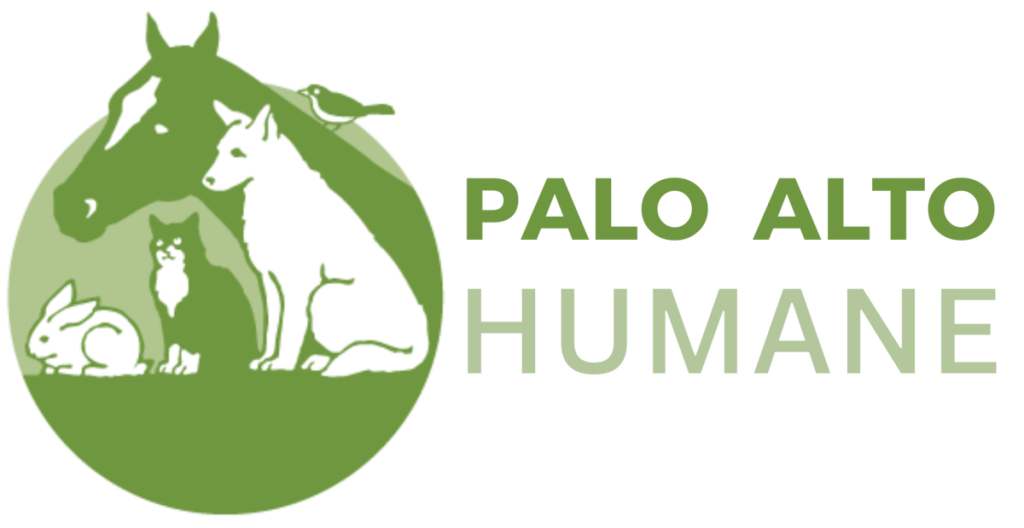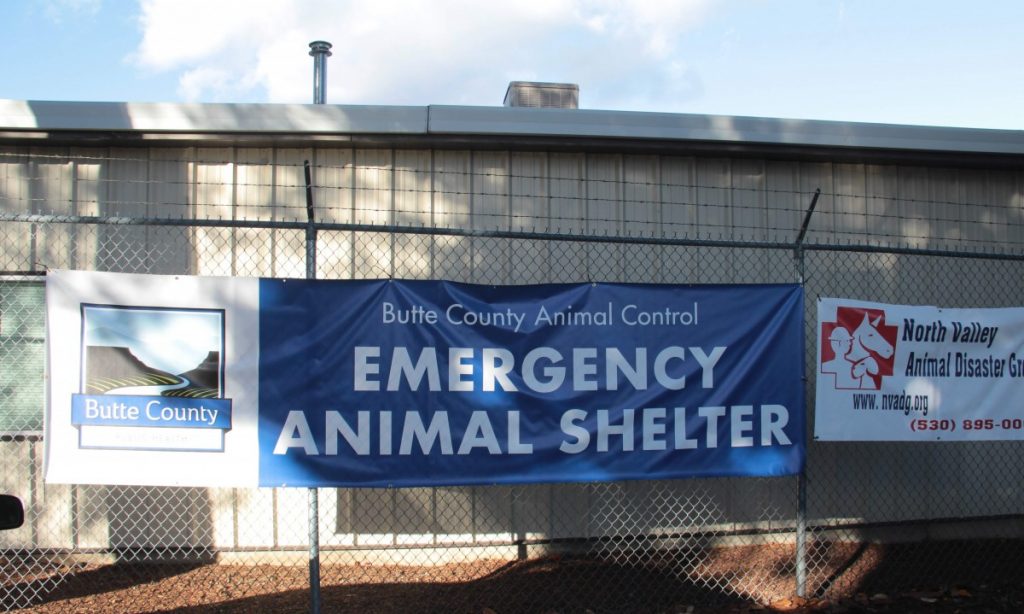by Susan Stienstra
It’s been more than a year since the traumatic Carr Fire in Shasta County and the devastating Camp Fire in Butte County.
After a wet spring, we anticipated this past summer with apprehension. Walking outdoors, we scanned the horizon for smoke. The sound of a low-flying plane or helicopter would cause us to look up anxiously, worried it might be an aerial firefighter. The sight of a fire truck would remind us to think of all firefighters with gratitude. Even the smell of a burning cigarette could trigger a reaction to find the source of the smoke.
Now fall has almost ended, and for most of the fall California was very dry, with almost no rainfall in October and November. Excessive wind prompted power disconnections statewide. Living with the danger of wildfire was very real. Although wildfires are no longer a danger, the dry conditions have set the stage for flooding and mudslides as the rainy season begins.
Chico Cat Coalition (CCC) was hands-on during the aftermath of the Camp Fire in Paradise, Magalia, and Concow. The group arranged for trapping, foster homes, and adoption of rescued cats. I reached out to the group to find out how they dealt with the incident.
CCC is a small group of volunteers who have been active in cat welfare for 23 years. I spoke with Jenn Martin, the organization’s secretary, about the days following the Camp Fire.
The volunteers trapped cats throughout the burned neighborhoods for three months. The group worked with Paradise Animal Shelter, using one of the unburned buildings as a base camp. They rescued at least 40 cats. Only three were microchipped! Each cat received a veterinary check and FIV test. Social media tools such as Petfinder and Facebook were utilized to promote the cats. At this time, only one cat is still awaiting adoption, and one additional cat is in long-term foster care—he lived outdoors for more than 100 days and is traumatized.
In closing, we know now we must be prepared in the future to evacuate in the case of a wildfire. Have enough animal carriers for all your pets (not cardboard boxes). Have your pets microchipped! Estimate the daily use of water you will need for your animals and your family, and then store enough for a week. Pack cash, flashlights, non-perishable food, medicines, toiletries, a battery-powered radio (and extra batteries), and store these in your car and/or keep easily accessible. Decide where you will meet up with your loved ones if you become separated during an emergency and are not able to use a cellular phone.
Here is a partial list of information to assist you, and to share with your friends, family, and neighbors:
Palo Alto Humane Society—Humane Education: Disaster Preparedness for You and Your Animals—a series of flyers in English and Spanish:
https://www.paloaltohumane.org/education-programs/disaster-preparedness/
10 Ways To Be Prepared (from the State of California):
https://www.caloes.ca.gov/ICESite/Pages/10-Ways-To-Be-Prepared.aspx
Fire Evacuation Check List:
https://www.fs.usda.gov/Internet/FSE_DOCUMENTS/stelprdb5305121.pdf
FEMA Disaster Assistance (can help support your recovery from a major disaster):
https://www.fema.gov/individual-disaster-assistance
American Red Cross:
https://www.redcross.org/get-help/disaster-relief-and-recovery-services/find-an-open-shelter.html
To read more about the Carr and Camp Fires and my experience volunteering to help the rescued animals, click here.
Kasper Halevy, one of PAHS’ student volunteers, has coordinated an in-depth study of the conditions leading to rampant wildfires throughout the state that also provides a list of organizations and agencies working toward preventing wildfires and helping those affected by such natural disasters. “Takeaways from the 2018 Wildfires” represents Kasper’s research and that of the Animal Advocacy Club at the middle school of the International School of the Peninsula. Please take the time to read the report by clicking here.
 Susan Stienstra is the former Operations Manager for Palo Alto Humane Society. She continues to support us through social media efforts and special projects.
Susan Stienstra is the former Operations Manager for Palo Alto Humane Society. She continues to support us through social media efforts and special projects.

